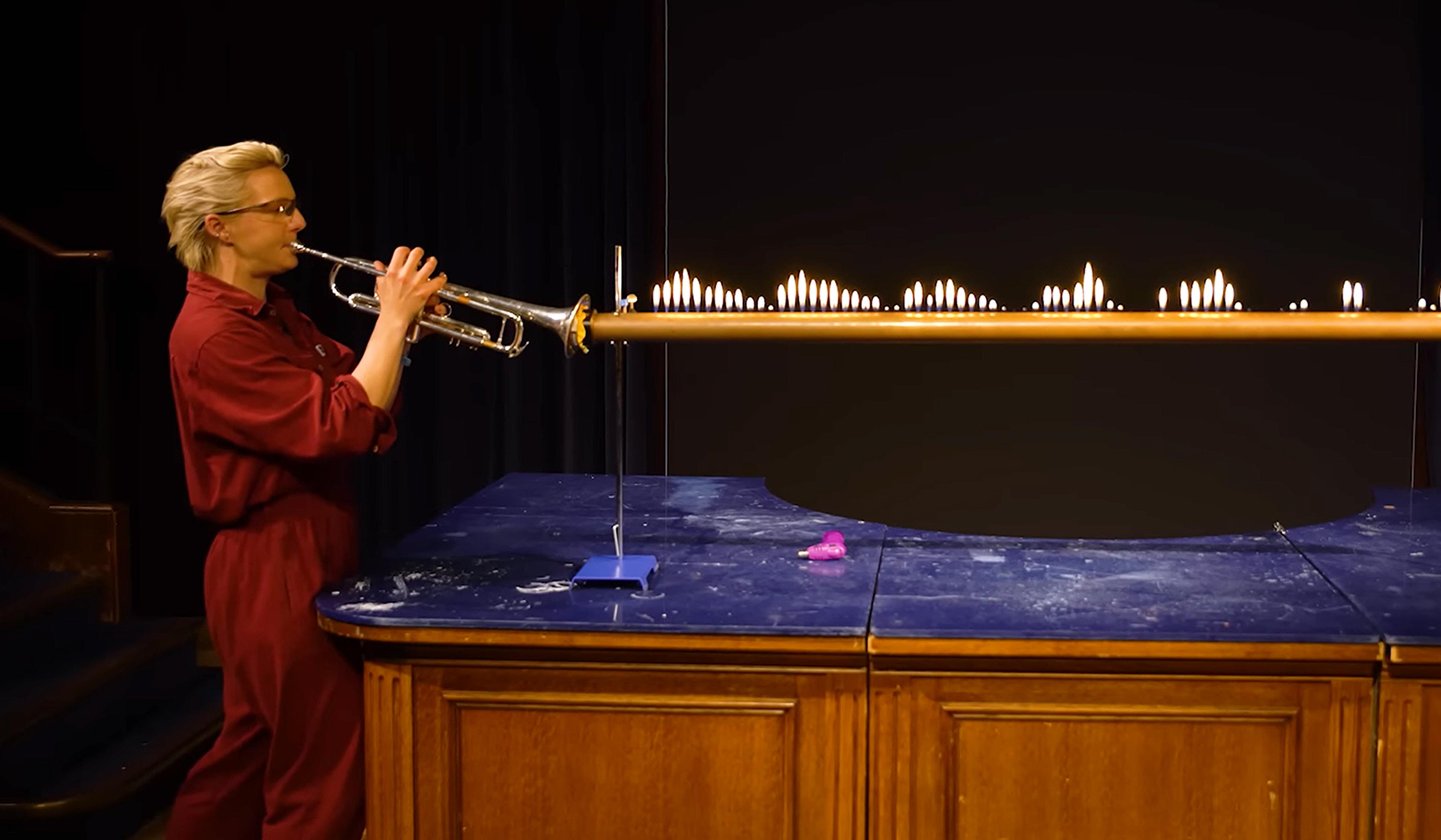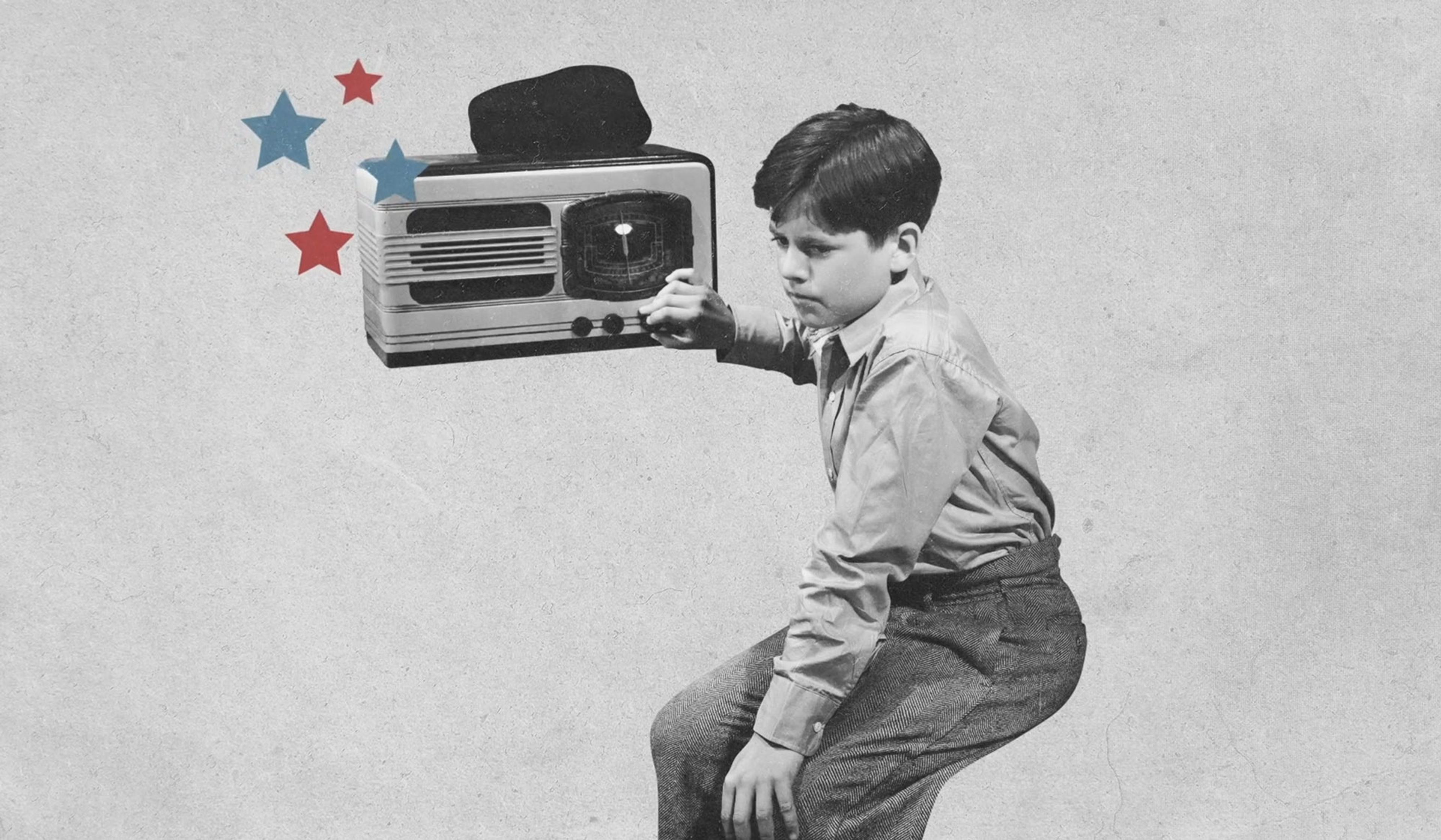In polyphonic overtone singing, vocalists manipulate their tongue, mouth and throat to produce two tones at once. While the technique has emerged in disparate societies, it is thought to have originated in (and is most commonly associated with) Mongolian culture. For this video, the German singer Anna-Maria Hefele entered an MRI machine to perform Mozart’s ‘Sehnsucht nach dem Frühling’ (‘Longing for Springtime’), alternating between ‘normal’ monophonic and polyphonic overtone singing. Produced by researchers at the Freiburg Institute for Musicians’ Medicine in Germany, the MRI imagery provides an extraordinary peak into the distinct differences between these singing styles, revealing yet another marvel of human physiology.
Via Open Culture








